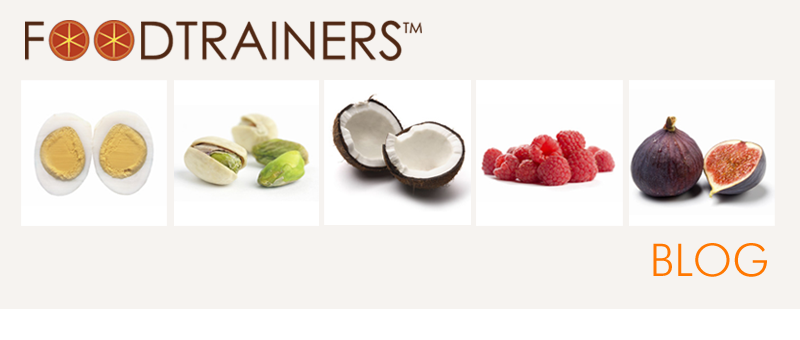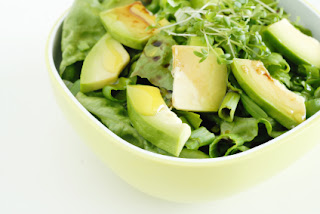I discovered that you never cook with someone else without learning something. In every case, there’s a two-way transfer of knowledge. If they know less than you do, you grow from teaching. If more, of course, you grow from learning.
-Mark Bittman
Over a year ago I wrote a post entitled Kids and Kale , which, it seems, none of you read (guilt intentional) and so I’ll remind you what I said. I wrote that I think most people can easily fall into a cooking rut. No matter how much you enjoy cooking, when pressed you go for the crowd-pleasing recipes you know by heart. I recruited a few friends and chef Jenna Helwig and we dished up some interesting, family-friendly recipes.
I’m happy to report that last time around we each found a recipe or two that made it into our families’ regular rotation but that was 2009. While we now all have improved standby selections we found ourselves, once again, craving new ideas. So the email went out to Jenna and we picked a date after the holidays. That date was last week and we all trudged through the snow, toting our knives and cutting boards, to my friend T’s apartment.
The menu was fantastic. We got started with Jena’s “Crowd-Pleasing Chili.” After a round of “not-it” my friend Z and I were put on onion chopping duty. The others browned the meat and measured the spices. While some women compare purses, we talked knives. I have a minor obsession with Global stainless steel knives. Jenna and my friend S prefer the knives with a beveled edge and T was enjoying a new Kuhn Rikon ceramic knife in her favorite color purple
With the chili simmering, next up was meatloaf with sage. We used oats versus breadcrumbs for this recipe. A great tip of Jenna’s was to make little test patties, the size of a quarter and heat them in a pan to assess the seasoning of the loaf. With the seasonings approved, we moved onto the quinoa salad.
On the subject of timesaving secrets, T told us that her mother used to make larger batches of seasonings for recipes she cooked often. She would then label them “chili seasoning” or “meatloaf mixture” and not have to measure away each time. If you ask me that’s genius and something that would never have occurred to me.
For our vegetable dish, Jenna jazzed up potentially boring broccoli with lemon zest and garlic. We mixed all the ingredients on a parchment-lined cookie sheet, for easier cleanup. The final recipe was a ginger shrimp dish. For this we prepared a brine which was something I hadn’t done before. My only prior brine association was pickles but I was thrilled to try something new.
A couple of our friends had to run to school pick up but a few of us lingered and sat down to eat. We learned a lot and everything was delicious.
CROWD-PLEASING CHILI
This is a great make-ahead meal, and it freezes very well.
Ingredients: 1 Tablespoon canola oil (if using ground turkey)
2 pounds ground beef, ground turkey, or a combo
2 small (or 1 large) onions, chopped
2 garlic cloves, minced
1 Tablespoon chili powder
1 tsp. cumin
1/4 tsp. cinnamon
1 teaspoon salt
Freshly ground pepper to taste
3/4 cup ketchup
28 oz. diced tomatoes and their juices
1 can pinto beans, drained and rinsed
1 tsp. red wine vinegar or balsamic vinegar
2 plum tomatoes, chopped
- If using ground turkey, add the canola oil to a large pot over medium-high heat. Brown the ground meat with the onions and garlic. If using ground beef, once the meat is browned, drain. You can generally skip this step if using ground turkey.
- Return the mixture to the pot and add the remaining ingredients. Stir to combine. Raise heat to high and bring chili to a boil. Reduce heat to a simmer. Cover and cook for at least an hour, stirring occasionally. Taste for seasoning, adding more salt and/or pepper if necessary.
- If desired, garnish with chopped avocado, shredded cheese, or chopped scallion.





















